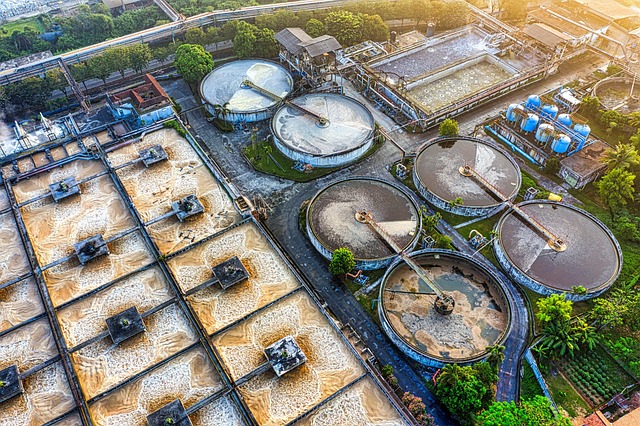
Cellular Processes Fueled by Hydrolysis of Atp
Understanding ATP and Its Role in Cellular Processes
Adenosine triphosphate, or ATP, is often referred to as the energy currency of the cell. Imagine it as a little battery that powers countless processes within our bodies. When ATP undergoes hydrolysis, it breaks down into adenosine diphosphate (ADP) and inorganic phosphate, releasing energy in the process. This energy is crucial for various cellular functions that keep everything running smoothly. Let’s dive into some of the fascinating cellular processes fueled by the hydrolysis of ATP! 🌟
1. Muscle Contraction
One of the most visible examples of ATP in action is muscle contraction. When you decide to lift your arm or take a step, your muscles need energy to contract. ATP provides this energy by binding to myosin, a protein in muscle fibers. The hydrolysis of ATP allows myosin to pull on actin filaments, leading to muscle contraction. Without ATP, our ability to move would be severely compromised!
2. Protein Synthesis
Every time our body needs to create new proteins, ATP is there to help. Protein synthesis is a complex process where amino acids are linked together to form proteins. The energy released from ATP hydrolysis powers the ribosomes, the cellular machinery responsible for assembling these amino acids into proteins. This process is vital for growth, repair, and maintaining healthy tissues. 💖
3. Cell Division
Cell division is essential for growth and healing. During this process, cells replicate their DNA and divide into two new cells. ATP plays a pivotal role in this by providing the energy needed for the various steps involved, including DNA replication and the separation of chromosomes. Without ATP, cell division would come to a halt, affecting everything from wound healing to overall growth!
4. Active Transport
Active transport is another critical process that relies on ATP. This is how cells move substances against their concentration gradient, meaning they can take in nutrients even when there are already high levels present inside the cell. For instance, sodium-potassium pumps use ATP to maintain the balance of sodium and potassium ions, which is essential for nerve impulse transmission and muscle function. 🌊
5. Signal Transduction
Cells communicate with each other through signaling pathways, and ATP is often involved in this process. When a signaling molecule binds to a receptor on a cell's surface, ATP can be hydrolyzed to provide the energy needed for the cascade of reactions that follow. This allows cells to respond to their environment, making ATP a key player in cellular communication.
6. Biosynthesis of Macromolecules
Beyond proteins, ATP is also crucial for the biosynthesis of nucleic acids, lipids, and carbohydrates. Each of these macromolecules plays a unique role in cellular structure and function. For example, ATP provides the energy required to link nucleotides together during DNA and RNA synthesis, ensuring that genetic information is accurately replicated and expressed.
Conclusion
ATP is truly the lifeblood of cellular processes. From muscle contractions to cell division and beyond, the hydrolysis of ATP fuels a myriad of essential functions that keep our bodies functioning optimally. Understanding the importance of ATP not only highlights the complexity of cellular life but also emphasizes the beauty of how energy flows through our bodies, enabling us to thrive. 🌼

















 Home Security Cameras Without Subscription
Home Security Cameras Without Subscription 
 Health
Health  Fitness
Fitness  Lifestyle
Lifestyle  Tech
Tech  Travel
Travel  Food
Food  Education
Education  Parenting
Parenting  Career & Work
Career & Work  Hobbies
Hobbies  Wellness
Wellness  Beauty
Beauty  Cars
Cars  Art
Art  Science
Science  Culture
Culture  Books
Books  Music
Music  Movies
Movies  Gaming
Gaming  Sports
Sports  Nature
Nature  Home & Garden
Home & Garden  Business & Finance
Business & Finance  Relationships
Relationships  Pets
Pets  Shopping
Shopping  Mindset & Inspiration
Mindset & Inspiration  Environment
Environment  Gadgets
Gadgets  Politics
Politics 